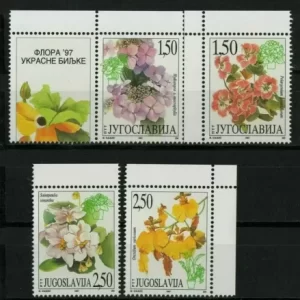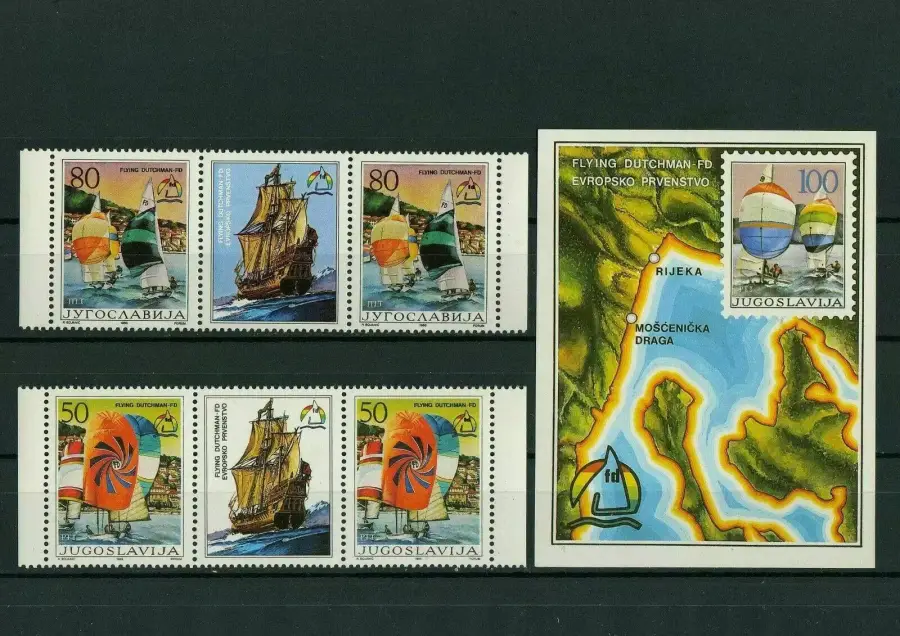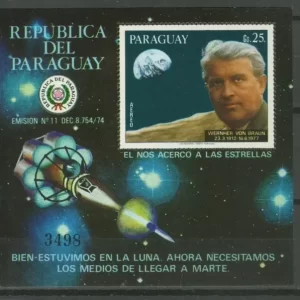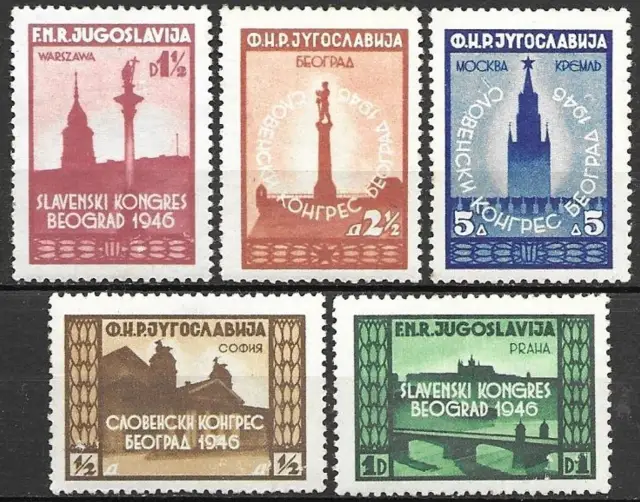Yugoslavia year 1984 – 19th Century Cradles MNH ** stamps
Exploring the cultural heritage of Serbia, especially during the 19th century, offers insights into traditional practices, including the design and craftsmanship of cradles. Cradles from this era reflect the craftsmanship, cultural influences, and practical considerations of the time. Here are some aspects of Serbian cradles from the 19th century:
- Design and Materials: Cradles in 19th-century Serbia were typically crafted from locally available materials, such as wood. The design of these cradles varied based on regional traditions and cultural influences. They often featured intricate carvings, geometric patterns, and symbolic motifs that held cultural significance.
- Functionality: Serbian cradles were designed to provide comfort and safety for infants while allowing for easy rocking to help soothe them to sleep. Many cradles were suspended from ropes or chains, allowing them to swing gently back and forth.
- Symbolism and Decoration: Cradles were often adorned with decorative elements that held symbolic meaning. These decorations might include religious symbols, protective motifs, or patterns inspired by nature. Cradle decoration could also reflect the family’s social status or regional identity.
- Regional Variations: Different regions of Serbia had their own unique styles of cradle design. For example, cradles from Vojvodina in the north might feature different motifs and patterns compared to those from Šumadija in central Serbia or from Kosovo in the south.
- Cultural Influences: Serbian cradles were influenced by various cultural and historical factors, including Orthodox Christian traditions, Ottoman influences, and local folk customs. These influences contributed to the diversity of cradle designs and decoration seen throughout the country.
- Continuation of Tradition: While many traditional practices evolved over time, including changes in cradle design and materials, the cultural significance of cradles remained important in Serbian society. Even as modern cribs became more common, traditional cradles continued to be cherished as heirlooms and symbols of family heritage.












Reviews
There are no reviews yet.